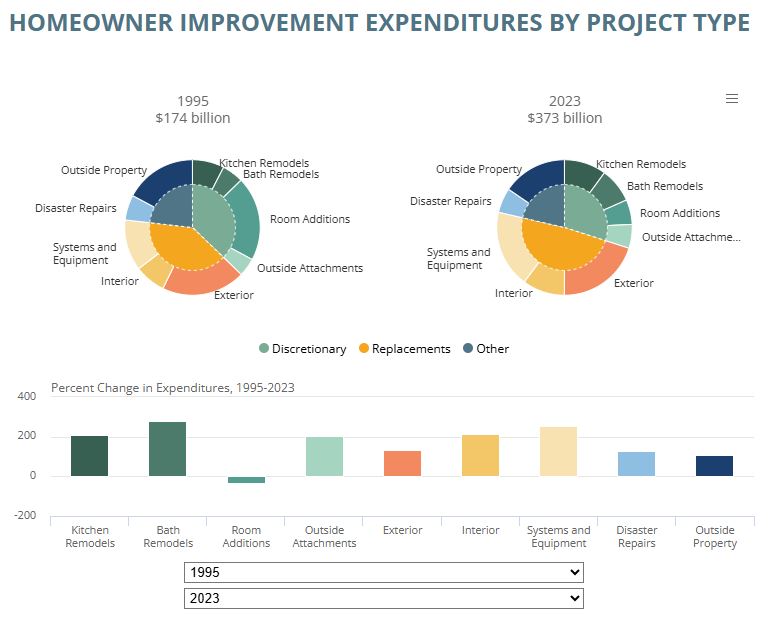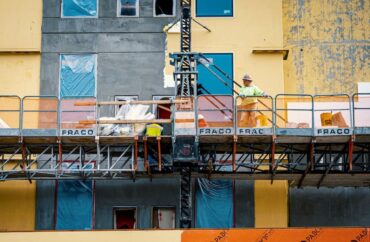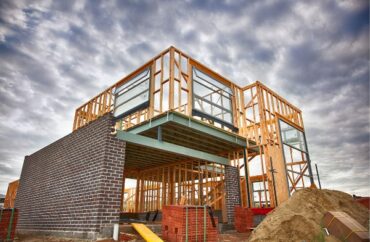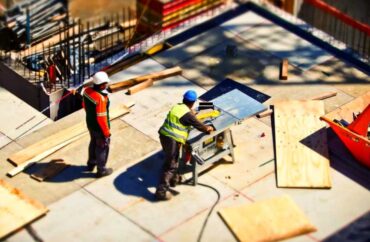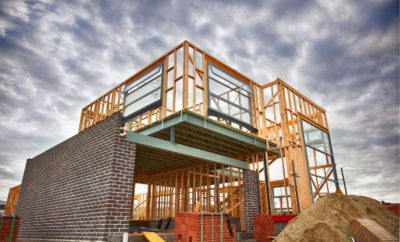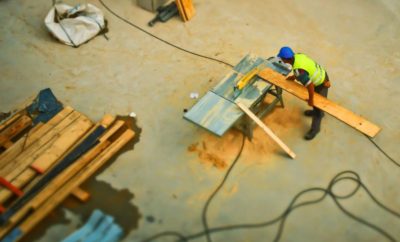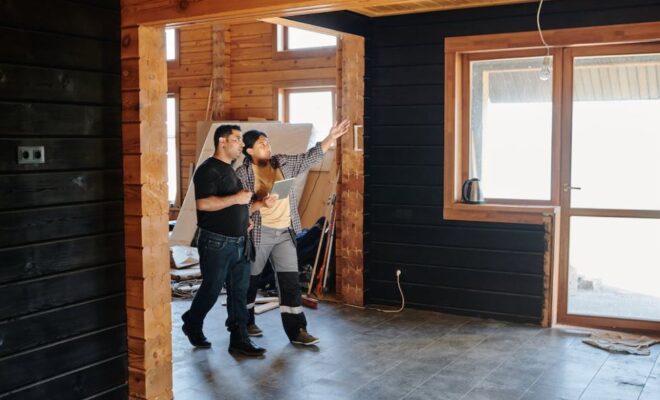
Remodeling Grows, but Industry Faces Labor Shortages and Urgent Energy Efficiency and Disaster Resilience Needs
The US remodeling market soared above $600 billion in the wake of the pandemic and, despite recent softening, remains 50 percent above pre-pandemic levels.
However, industry fragmentation, inflation, and a shortage of skilled trade labor jeopardize the ability of the industry to fully meet demand.
According to Improving America’s Housing 2025, a new report out today from the Harvard Joint Center for Housing Studies, the extraordinary strength of the remodeling market has been supported by the aging of homes and households, as well as record-high property values, but far more investment is needed to address growing needs for energy efficiency and disaster resilience of the country’s 145 million homes.
Five Takeaways from the Improving America’s Housing 2025 Report:
Pandemic Fuels Unprecedented Spending on Remodeling
Home improvement and repair spending vaulted from $404 billion in 2019 to $611 billion in 2022, and is expected to remain above $600 billion through 2025.
Homeowners remain focused on replacement projects such as roofing, windows, and HVAC, accounting for 49 percent of improvement expenditures in 2023. [See INTERACTIVE data here, see full data sheet here] On average, homeowners spent almost $4,700 on improvements in 2023, nearly 9 percent above the previous market boom in 2007.
Climate Change Necessitates Improvement Spending and Drives Up Insurance Premiums
The growing frequency and intensity of hazard events like hurricanes, wildfires, and flooding have increased spending for disaster repairs to $49 billion in 2022–2023, an astonishing leap from $16 billion in 2002–2003.
While few homeowners undertake mitigation retrofits, skyrocketing insurance premiums may provide the motivation to do so: the average homeowner insurance premium jumped 17 percent between 2021 and 2023.
In 2023, homeowners also spent $139 billion on improvements impacting home energy use, nearly four times the amount in 2003.
“Each energy-related improvement presents an opportunity to cut greenhouse gas emissions, increase the efficiency of the housing stock, and reduce utility costs,” says Carlos Martín, Director of the Remodeling Futures Program at the Center.
The Housing Stock is Older than Ever and Substandard Conditions Must Be Addressed
With a median age of 44 years in 2023, the housing stock is older than ever, and critical improvements are needed to replace aging components.
In 2023, average improvement spending for homes built before 1980 was 24 percent higher than spending on homes built since 2010, and maintenance spending was 76 percent higher.
Many low-income homeowners live in housing with structural deficiencies or lacking basic features such as running water, electricity, or heat.
“There is both a market opportunity and a moral imperative to expand improvement and repair services for these homeowners,” says Sophia Wedeen, a Senior Research Analyst at the Center.
“More financing tools and counseling programs can also help preserve the affordable housing stock and ensure that all households live in safe and adequate housing.”
Changing Demographics Affect Remodeling Spending
The shifting characteristics of US households continue to reshape activity and spending patterns in the remodeling market.
In 2023, owners age 65 and over contributed 27 percent of total improvement outlays, up from 14 percent two decades earlier.
And as the population becomes more racially and ethnically diverse, households headed by a person of color contribute more to the home improvement market; in 2023, homeowners of color accounted for 23 percent of improvement expenditures, up from 14 percent in 2003.
Immigrant owners also account for a growing share of the market, up from 8 percent of expenditures in 2003 to 13 percent in 2023.
Fragmentation, Surging Costs, and Labor Shortages Hinder Remodelers
Despite a flurry of mergers and acquisitions, the remodeling industry remains highly fragmented with large shares of self-employed contractors and small payroll companies. The industry is also hampered by high costs of building materials, including uncertainty around the potential impacts of tariffs, and labor shortages.
Between 2015 and 2023, a majority of remodelers reported a shortage of skilled trade workers including carpenters, electricians, and plumbers.
The industry also relies heavily on foreign-born laborers, with immigrants accounting for a record-breaking 34 percent of the construction trades labor force in 2023.
In the near term, the remodeling industry faces both challenges and opportunities. On the one hand, elevated interest rates, weak home sales, and a persistent shortage of skilled trade labor are expected to constrain the market.
At the same time, massive levels of home equity, a sustained shift toward working from home, and the aging of the housing stock will support significant investment in home improvement, perhaps most notably among owners who prioritize updating their existing homes over moving.
“Given the strong foundation and growing needs, residential remodeling is expected to remain a formidable economic sector in the years ahead,” says Chris Herbert, Managing Director of the Center.
“And despite unparalleled spending in the last few years, far more investment is needed to improve energy efficiency, disaster resilience, and accessibility for the nation’s 145 million homes.”
[Read more about this story on jchs.harvard.edu]


